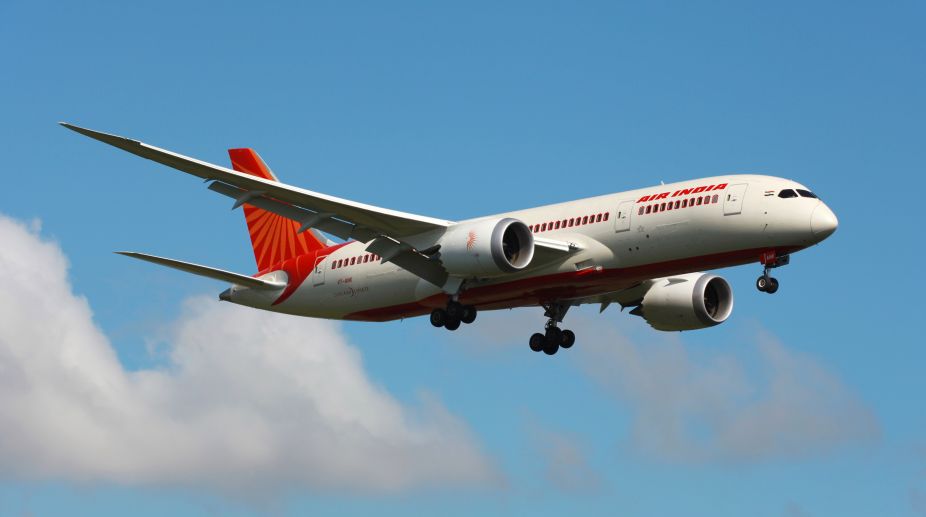Singapore Airlines to investment Rs 3,194.5 crore in Air India post-merger of Vistara
Singapore Airlines is set to make an additional investment of Rs 3,194.5 crore in Tata Group-owned Air India post-merger of Vistara in November.

Air India (Photo: Getty Images)
Rest periods given to pilots in India are not as per the international guidelines. International Civil Aviation Organisation (ICAO) has reportedly pulled up the aviation regulator over the Flight and Duty Time Limitation (FDTL) regulations that are there at present during its audit last year and it will keep following this up with the regulator.
After ICAO rapped the regulator, Directorate General of Civil Aviation (DGCA) has constituted a committee to review the FDTL regulations and changes are expected in two to three months. DGCA-constituted Committee is being headed by Flight Inspection Directorate of the regulator. The committee has sought suggestions from various organisations including airlines. Air India and Rotary Wing Society of India (RWSI) have already given their suggestions.
Aviation experts say that international norms are not being followed by Airlines at present on fatigue risk management. ICAO has made amendments in guidelines on “Operation of Aircraft” saying that a more scientific FDTL should be implemented by operators worldwide and International Aircraft Transport Association (IATA) has endorsed it.
Advertisement
In past, a few accidents including the most recent one of Jet Airways aircraft veering off from the runway in Goa while landing last year has been attributed to fatigue of the pilots by aviation safety experts.
“In some sectors flying may be strenuous like hilly areas needing more rest period. If the pilots are stationed at a height of more than 10,000 feet, the atmosphere is rarefied and digestion is slow causing stress. FDTL should be changed for pilots flying in Badrinath, Shimla, Kedarnath and Amarnath,” said Secretary General of RWSI, Group Captain M K Labroo.
An Air India source confirmed that there is a review of FDTL going on. Air India has recommended that Fatigue Risk Management System (FRMS) should be adopted as the whole world is moving towards it. Air India has already adopted the system wherein the pilots have to tell which sectors are more strenuous and more rest period is needed so that the operations department take the necessary action. “This is just another lever in the middle that will reduce the risk from fatigue,” said the source.
Aviation safety expert, Captain Mohan Ranganathan said FDTL requirement is more to suit the airline. “The last clause of DGCA Civil Aviation Requirement (CAR) on FDTL says at the discretion of DGCA dispensation may be given to deviation. So, there will always be misuse,” Captain Ranganathan said.
Captain Ranganathan said that transport side is not defined in FDTL regulation. “When the rest period is defined, the transport time has not been defined. If a pilot is coming to the IGI Airport from Noida, he will take at least an hour. But this is not taken into account. This is why pilots are fatigued,” said Captain Ranganathan.
Secondly, FDTL is the same whether you operate during the day or night. “If the pilot is signing on at 1 am is already fatigued or partially fatigued. This is the worst period according to Circadian Law. This regulation is certainly not a very good one. Abroad they address the fatigue risks which are there,” he added.
Captain Ranganathan said that Ministry of Civil Aviation appointed Court of Enquiry had pointed out that in the Mangalore crash in 2010, the fatigue related issue of pilots must be taken seriously but DGCA did not do anything.
Advertisement